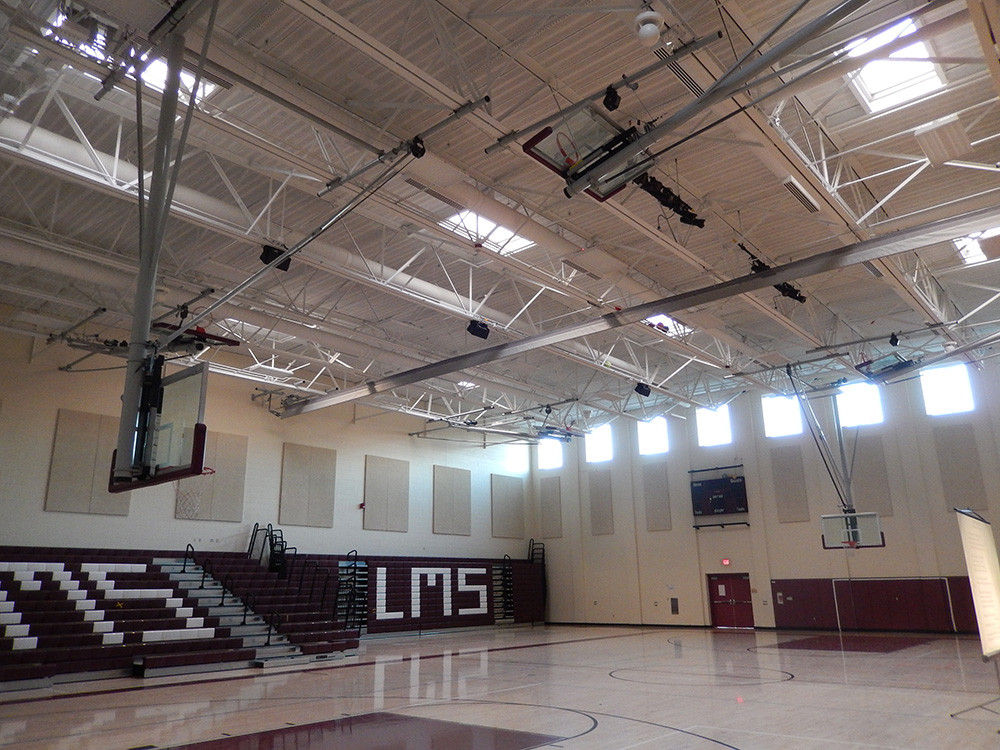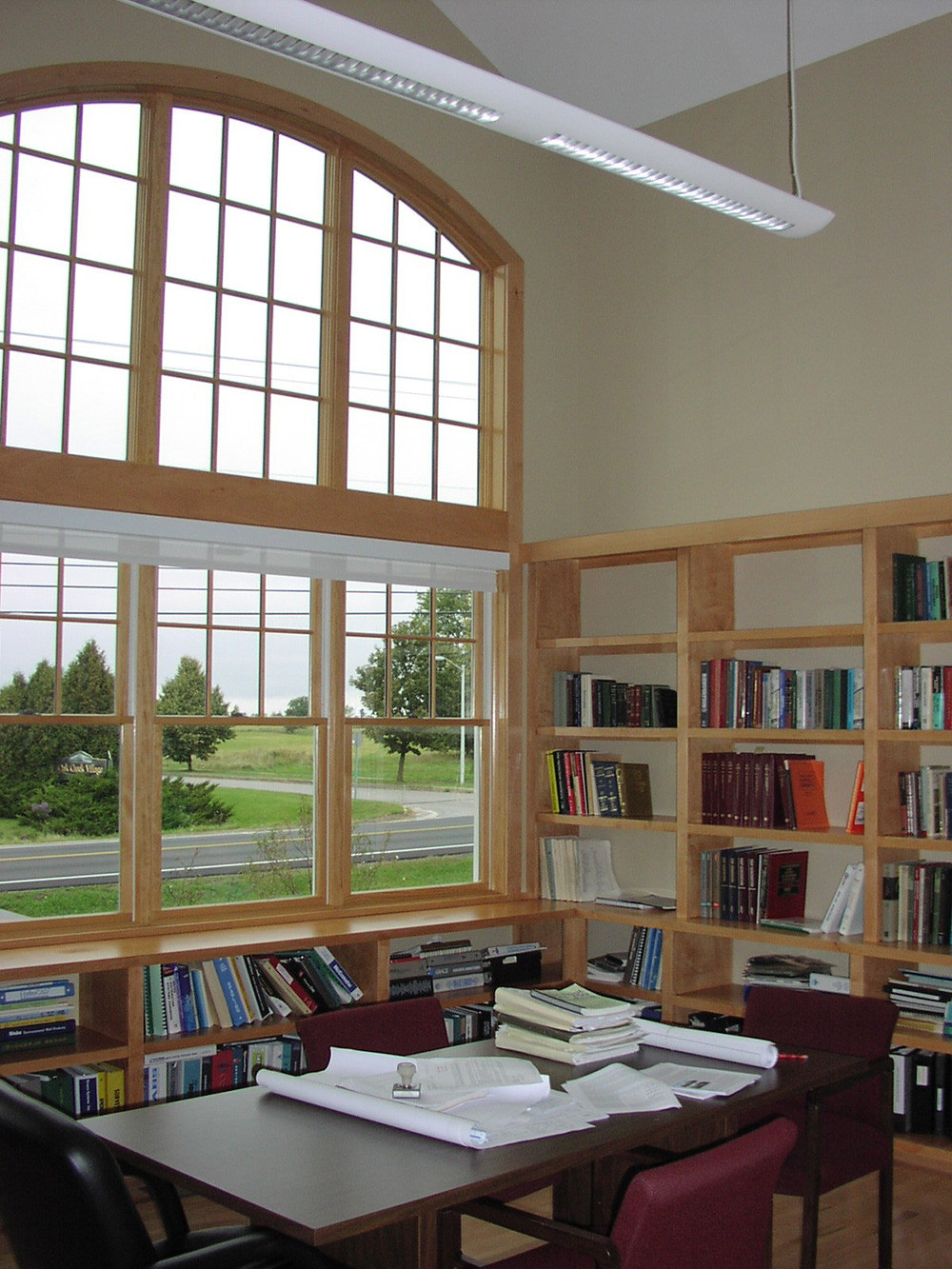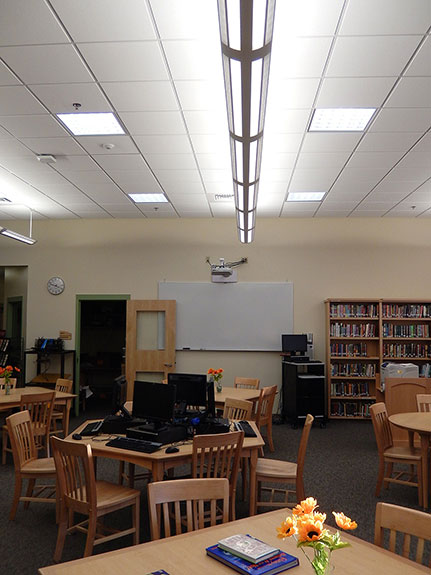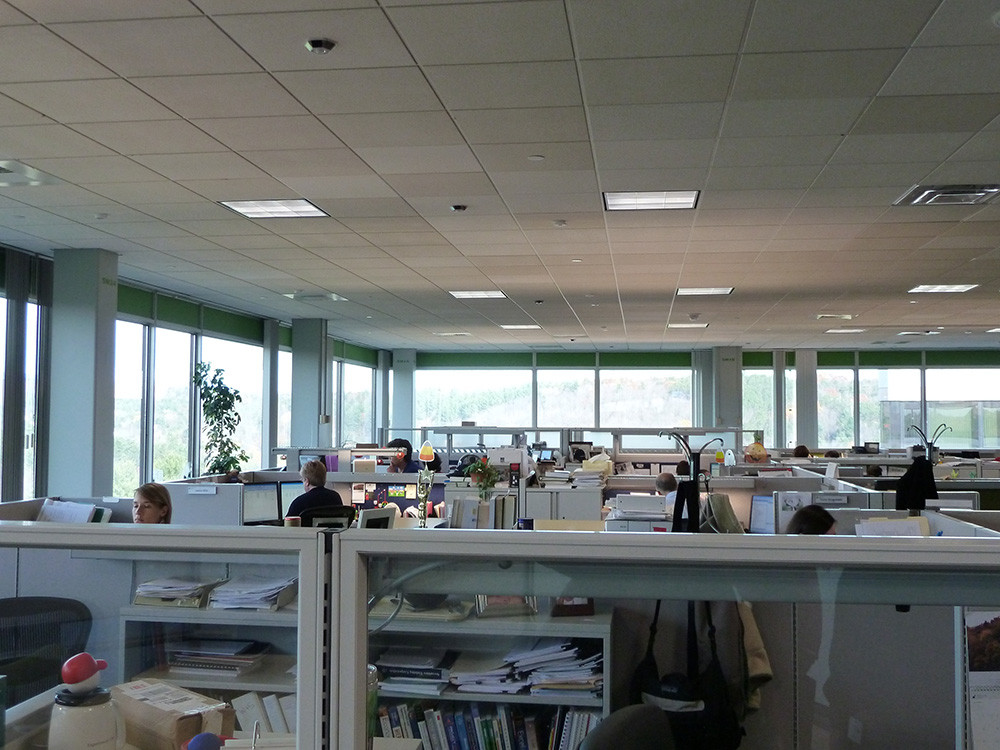Daylighting






Daylighting makes interior spaces more attractive to human habitation. Providing sufficient natural light indoors also can help maintain a healthy circadian rhythm, which has many important health benefits. See our blog topics for more on this.
Daylighting has also been shown in peer-reviewed studies to enhance learning in daylit classrooms as well as enhance marketability of goods sold in daylit retail space. (Daylighting in Schools, and Skylighting and Retail Sales – Investigations into the Relationship Between Daylighting and Human Performance, published in 1999 by Heschong Mahone Group, Fair Oaks, CA)
Following are important issues to keep in mind for successful adaptation of daylighting. It’s not as simple as adding windows or skylights!
Do:
Work with the lighting designer/daylighting consultant at the schematic development phase of a project. Opportunities for properly designed, effective daylighting are gained or lost at this early design stage.
Model architectural spaces for daylighting with physical models and/or computer models that include simulated electric lighting.
Understand the complex interrelationship between daylighting and glare. Interior/exterior sun shading devices are a critical part of daylighting.
Optimize daylighting for heating loads in cold climates and cooling loads in warm climates.
Understand that automated control of artificial light sources provides energy savings from daylighting.
Realize that health and wellness benefits far outweigh energy cost savings from good daylighting.
Don’t:
Expect to save energy from daylighting unless you follow the considerations outlined above.
Overwhelm spaces with daylight, particularly in workspaces. Direct light can be a hindrance to comfort and productivity in these instances.
Assume people will automatically turn out the lights when its bright outside. Daylight sensors do this automatically.